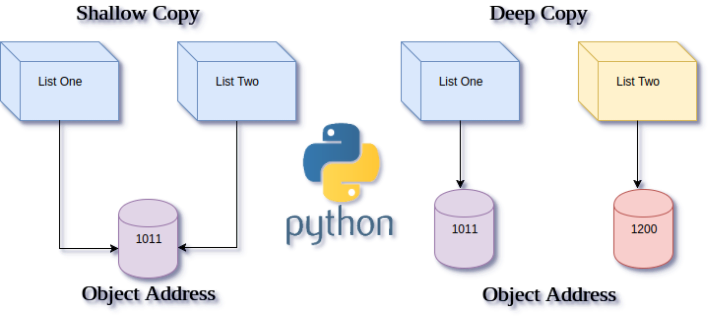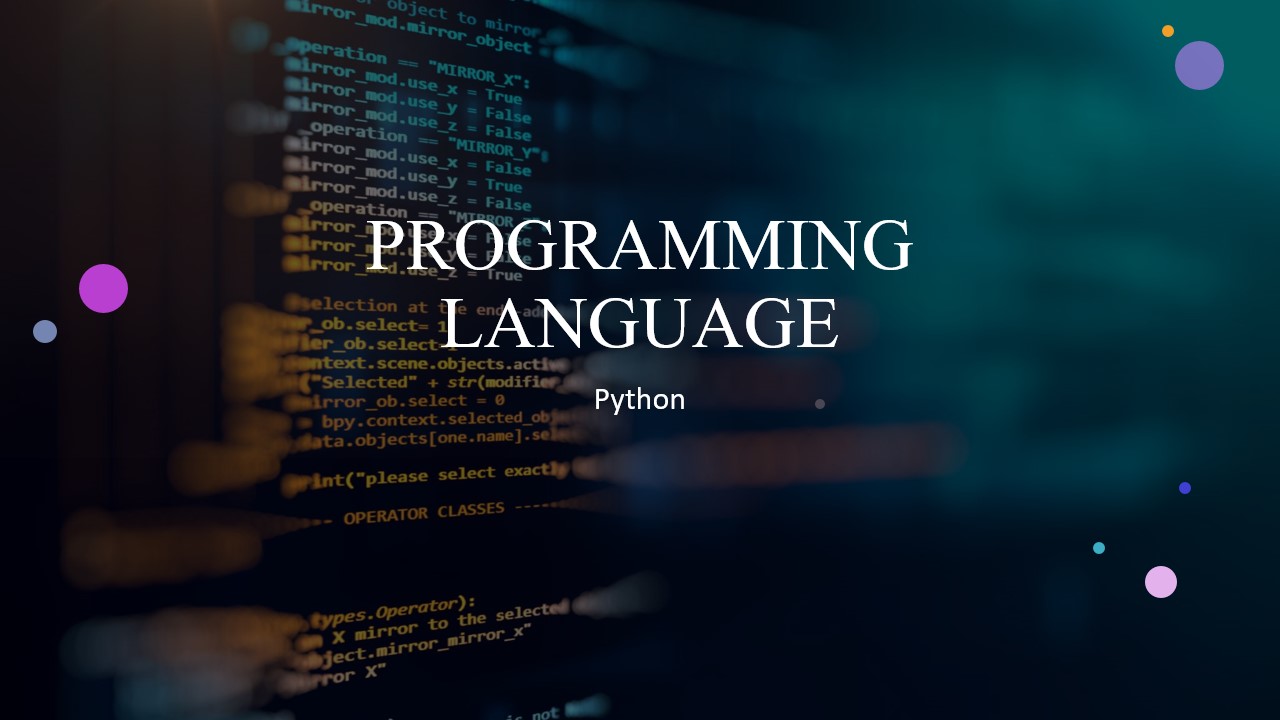
What is the difference between deep and shallow copy?
Shallow copy and deep copy are basically used for copying data between objects. To exactly know about the difference between deep and shallow copy let’s talk about the main usage of deep and shallow copy in python that will surely help you to deeply understand the differences between these two copies.
Shallow Copy In Python
A shallow copy creates a new object and then copies the non-static fields of the recent object to the innovative object. During the shallow copy, a position of the object is copied into other objects. In such condition, any changes that made to a copy of an object reflect the original object. For an example, if you have an object with values and you crave to create a copy of that particular object in the other variable from the similar type then you can utilize shallow copy but if you have a property of reference type then this process will not be useful.
Deep Copy In Python
A deep copy is studied to copy all items or elements of an object that contains directly referenced elements of value type and indirect elements of reference type. These conditions hold a reference to the memory location and include data but not hold data itself. It constructs a new compound object and then inserts and copies it into the objects that are found in the originals. In the deep copy cases, the copy of the object is copied into other objects so that any changes made into the copy of the object do not reflect an original object.
However, the basic work of deep copy and a shallow copy is similar, which is copying the data but with the different values and changes in elements, shallow and deep copy works differently in python.


